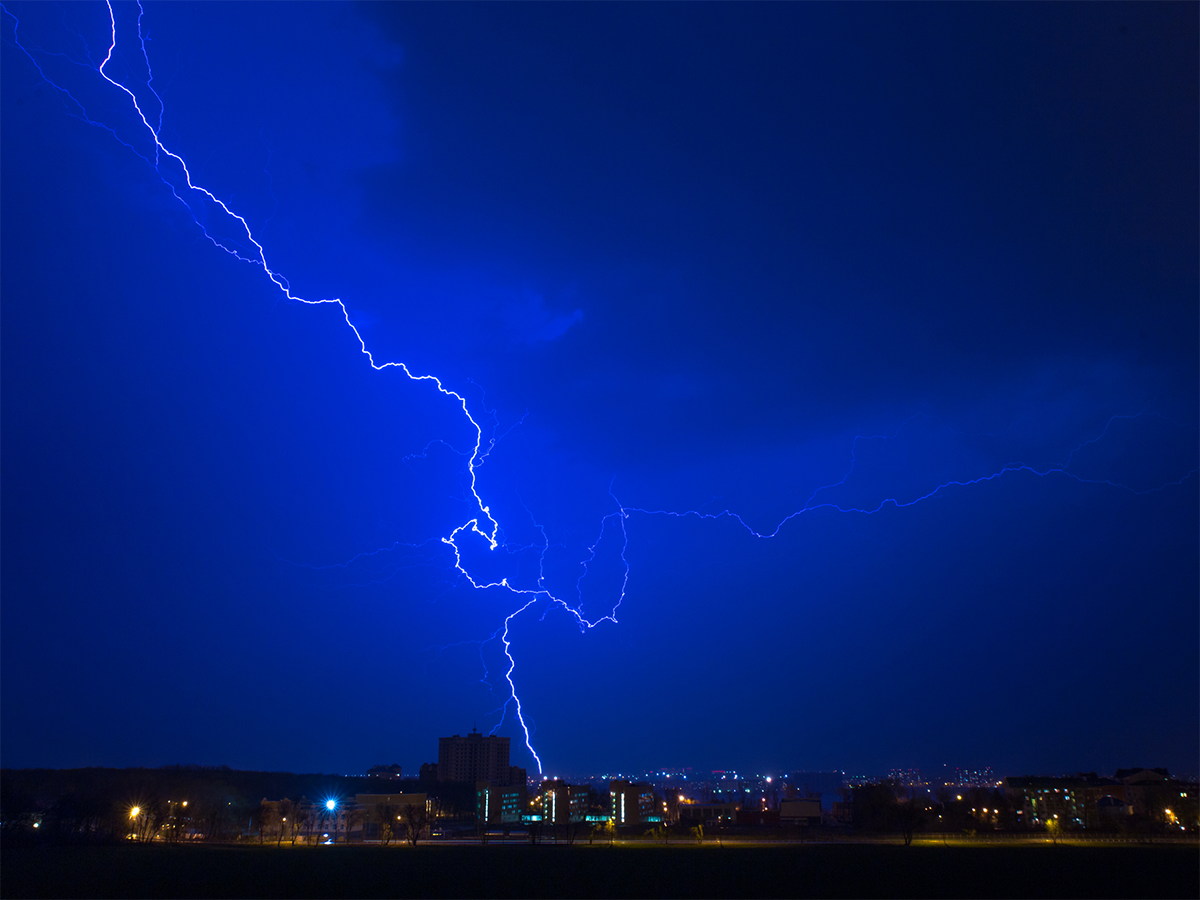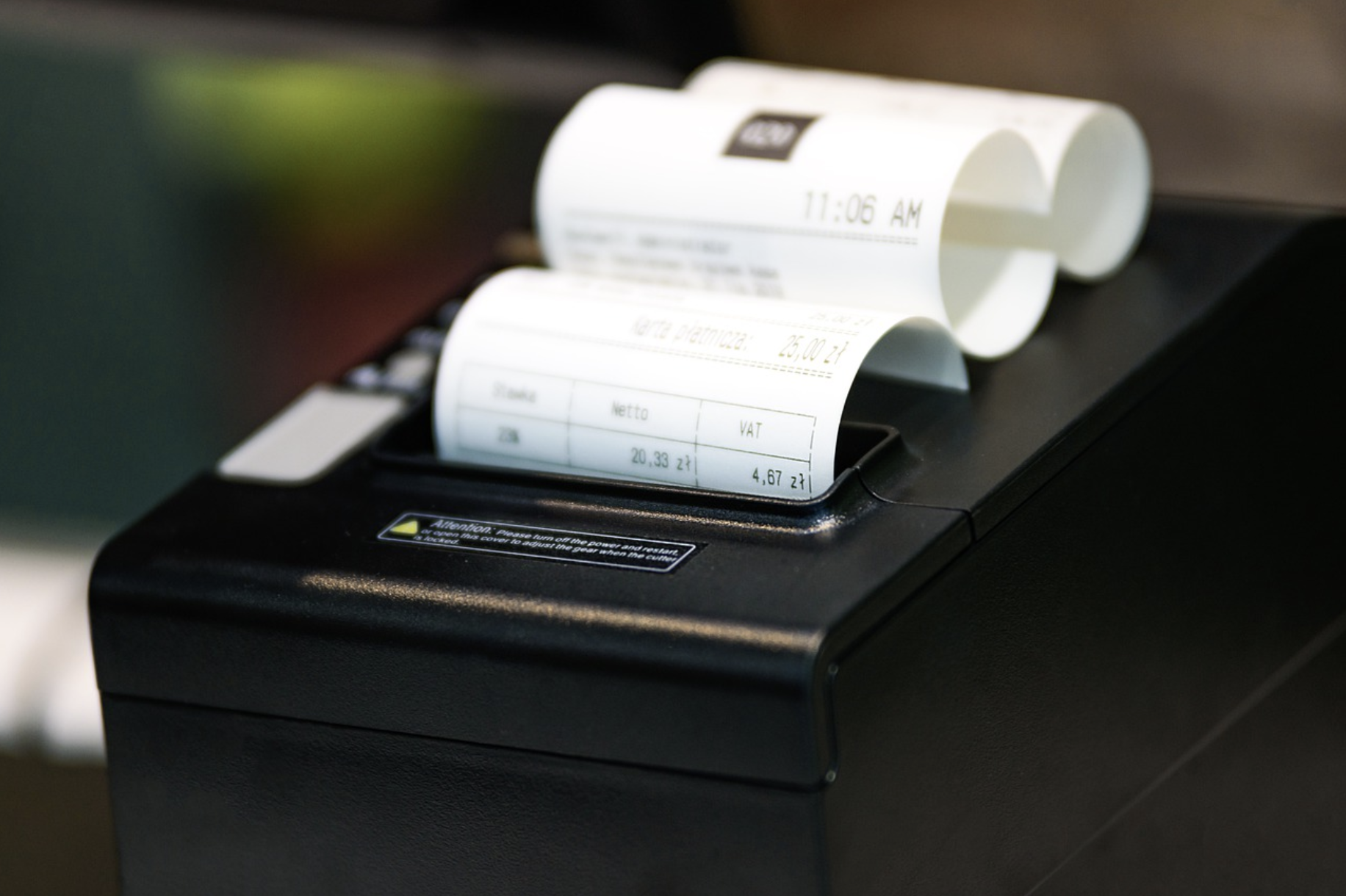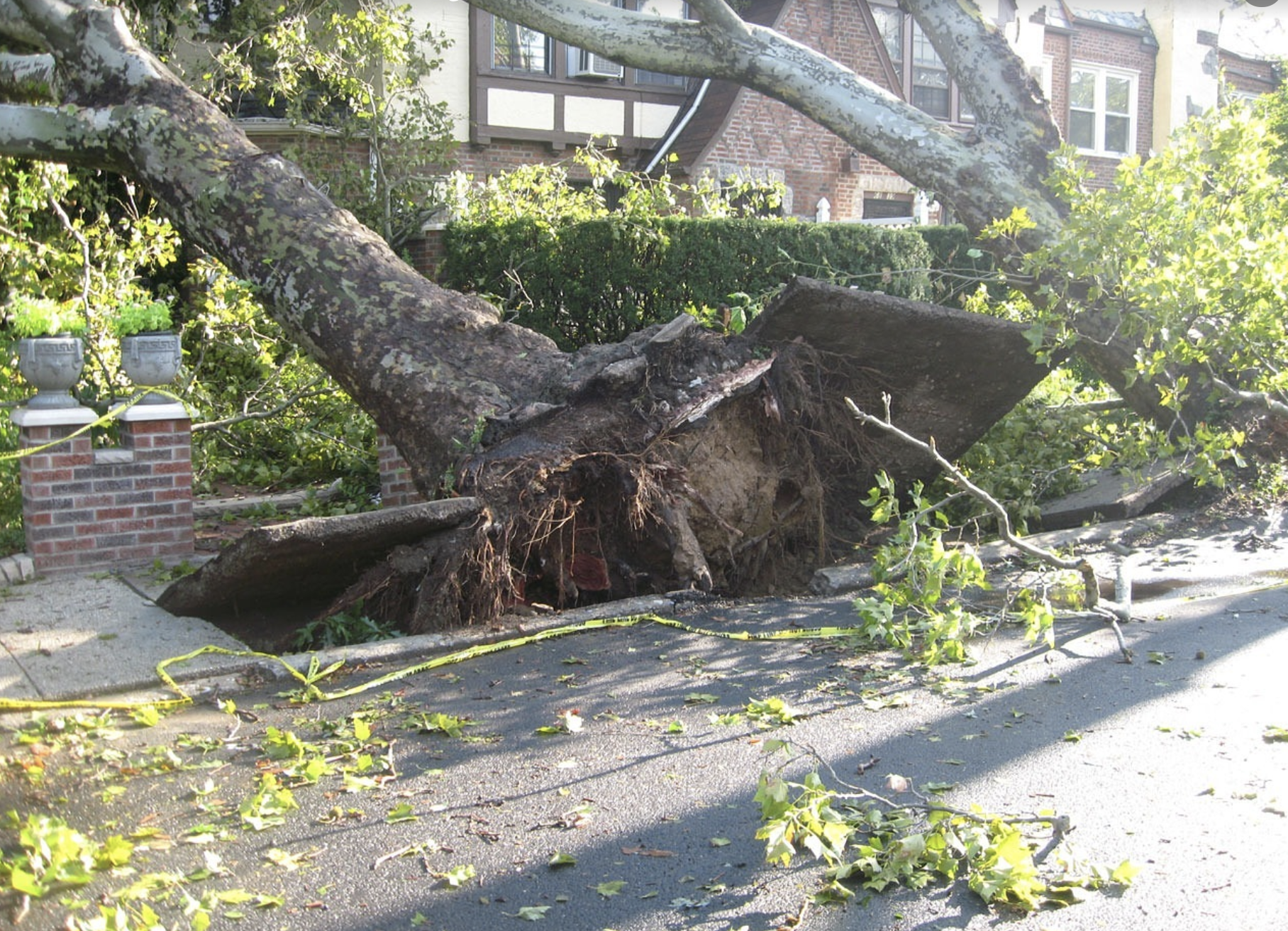
What To Do When A Storm Damages Your Home
By: 911 Water Damage Experts
Throughout the years, various cities across the Canada and U.S. have weathered brutal storms that have damaged homes, devastated communities, and had lasting impacts on their housing markets.
It’s important to know what to do after a storm has damaged your home. Being prepared is crucial because unfortunately, destructive storms are becoming more and more common.
If a storm damages your home, it can feel like your life has suddenly turned upside down.
You may feel overwhelmed with the destruction the storm has caused and it can be difficult to know what to do first. Below we share 5 simple steps that’ll help prepare you if a storm damages your home.
Step 1: Be Careful And Stay Alert
Destruction and aftermath of any type of storm can cause serious injuries even if you are careful.
It’s important to take the necessary precautions to avoid injuries once you’re certain you and your household members are safe and unharmed. It’s common to come across hazards from storm damage for example: broken glass, exposed nails, or displaced screws.
Always keep an eye out for these household items as they aren’t always easy to spot. Be alert of unsecured piles of debris like caved-in roofing materials, standing water, and collapsed walls.
Always assume that downed power lines are still energized and dangerous.
Keep away from the power lines if possible and alert the police if you find downed power lines in your neighbourhood. Additionally, if you smell gas, immediately shut off any gas valves to prevent further danger.
Step 2: Assess All Damage And Take Photos
After the storm has passed and before contacting your insurance company, assess the storm damage to your home. Take pictures of any interior and exterior damage to your home to make sure you qualify for insurance.
Your house could have structural damage, so always be cautious as you’re moving about your home. When inspecting the interior and exterior of your home, record any of the following below:
-Roof lifting and lost shingles: Take note of any holes or leaks in the roof, split seams, dents on vents and gutters, missing, broken, or dented shingles. You can work with an experienced roofer to find a local, reputable insurance agency.
-Missing or damaged exterior siding: Rain can cause damage to siding and strong winds can tear it right off. Broken windows and destroyed doors. The wind itself as well as the debris it carries can easily break windows and blow open doors.
-Damaged or broken appliances, including your air conditioner: This is commonly due to water damage.
-Basement flooding: When the soil surrounding your home becomes too saturated with water, your basement or crawl space can flood, causing damage to your belongings and the foundation of your home.
-Moisture damage: Rain and water can seep into your home and cause mould to develop in insulation, wood, furniture, and carpeting.
-Fire damage: Electrical shorts caused by downed power lines or water entering outlets and electrical equipment can cause fires. Don’t forget to record the loss or destruction to your personal items too. Most homeowner’s insurance policies include personal property coverage up to a scheduled limit.
Step 3: Contact Your Insurance Agent ASAP
Once you’ve taken photos of the storm damage, call your agent as soon as possible and stay in contact until your claim is resolved.
They’ll be able to explain what kinds of damage your insurance policy covers. Discuss the damage caused to your home and provide the photos you took along with proper documentation.
After this, your insurance company will send out an adjuster to determine the extent of the damage.
Step 4: Stop Further Damage
Now is the time to do what you can and stop any further damage from occurring.
If storm damage is allowing wind and water to get into your home, start by boarding up broken windows or a leaking roof with a tarp or plywood.
Do what you can first to minimize further damage, then consider contacting a local restoration service provider to help you out.
A provider can help you tackle storm damage and get your property back to normal. Usually, insurance companies can recommend a professional provider if you don’t know of a trusted contractor in your area.
This helps to avoid scams and being charged extra.
Consider staying with friends, family or a hotel if your home is in poor condition. Never return home if you need extensive repair. Always make sure you return only when it’s safe to do so.
Step 5: Keep All Receipts And Stay Organized
Keep good documentation for any claim to your homeowner’s insurance. For example, save all receipts for materials and labor to ensure you receive fair reimbursement.
Familiarize yourself with what your homeowner’s insurance policy covers. For example, a typical homeowners insurance policy will cover tree damage from a storm, but the biggest exception to most coverages is flood damage.
Regardless of carrier, flood damage is not covered as part of a standard policy. Therefore, you’ll need flood insurance in the event that your home is damaged by a flood.
What Does A Homeowner’s Insurance Policy Typically Cover?
Weather damage: This typically includes damage due to hail, wind, fire, snow, and more.
Non-weather events: Common non-weather events are actions like theft and vandalism.
Sudden/accidental events: This includes situations like a water pipe breaking or a water leak.
Summary
If you live in a high risk storm area, speak with an insurance agent to find out if it’s in your best interest to protect your home and belongings with storm damage or flood insurance. It’s an additional coverage you can opt for in your homeowner’s policy, but can help you after a storm damages your home.
Weather is unpredictable and in many parts of the country, can change rather quickly. Severe storms can happen during any season, so it’s important to prepare your home for major weather events to prevent damage and avoid costly home repairs.
If you have any questions about storm damage restoration, feel free to call us at 1-833WE-DRY-IT anytime 24/7/365 all the time. We’re there when you need us!
Related Posts
How to prevent weather damage during a storm
The dangers of a leaky roof and what to do when you find a leaky ceiling
10 helpful smoke damage cleaning tips
Restaurant flooded? Here’s how to deal with a restaurant flooding
What’s causing mould in your home? Here are the top reasons why
How to prevent mould growth after a flood
A pipe burst in my business building – what do I do?
What to do when a water pipe bursts in your apartment
Hire the right mould removal company by asking these vital questions
15 interesting facts about mould
What causes mould damage and what you can do about it
Top common signs of water damage: here’s what to look for




